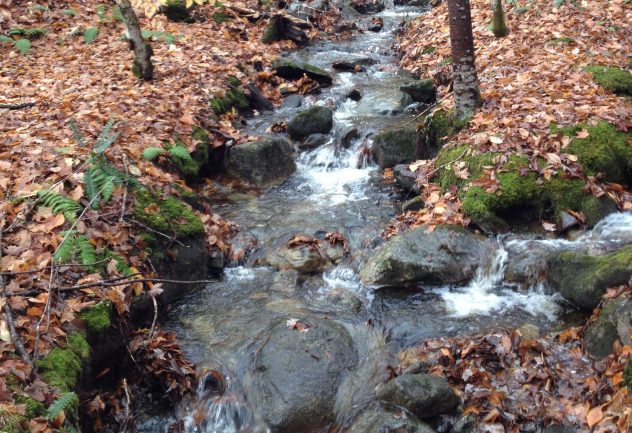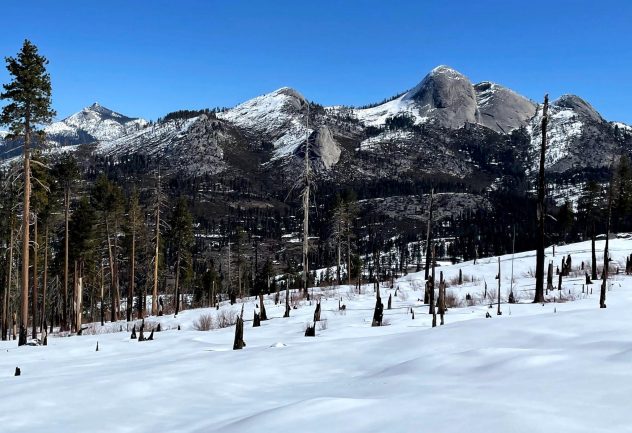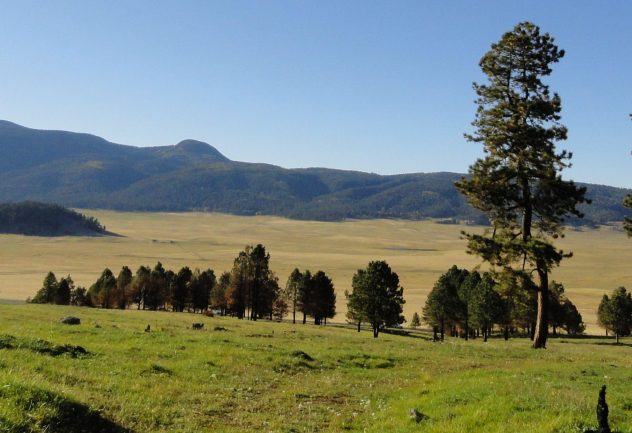FIELD SITES
Investigating resilience and resistance by focusing on systems experiencing overlapping disturbances: drought, fires, heavy precipitation, and acidification
Investigating resilience and resistance by focusing on systems experiencing overlapping disturbances: drought, fires, heavy precipitation, and acidification
We are interested in these seasonally snow-covered environments because they lie close to potential thresholds in water and energy balance and are particularly vulnerable.
Our main site in the NE is the Sleepers River Research Watershed (SRRW). Situated in northeastern Vermont, this forested watershed experienced strong acidification via wet and dry deposition. Carbonates in the glacial till counteracted the most significant effects of acidification. About 23% of all annual precipitation falls as snow and SRRW is experiencing more heavy precipitation compared to previous decades, thus has overlapping disturbances.

The Illilouette Creek Basin (ICB) in the wilderness area of Yosemite National Park provides a unique opportunity to study the overlapping disturbance of both fire and drought on a mountain watershed, since it has experienced nearly 30 lightning-ignited wildfires in the past 47 years. Such frequent fires were common in this area prior to human fire suppression, and scientists from many fields are studying whether this natural disturbance is having a beneficial effect on ecosystems and water. The watershed has large granite domes, but also wide valleys that support soil and groundwater systems. 65% of annual precipitation falls as snow, with dry summers.

The Jemez River Basin (JRB) in the Valles Caldera National Preserve is an intensively instrumented catchment that will complement the Illilouette, as it has both burned and unburned areas. The catchments are underlain by volcanic tuff, covered by thick soils in concave landscape positions that are shallower on slopes. About 50% of all precipitation falls as snow.
